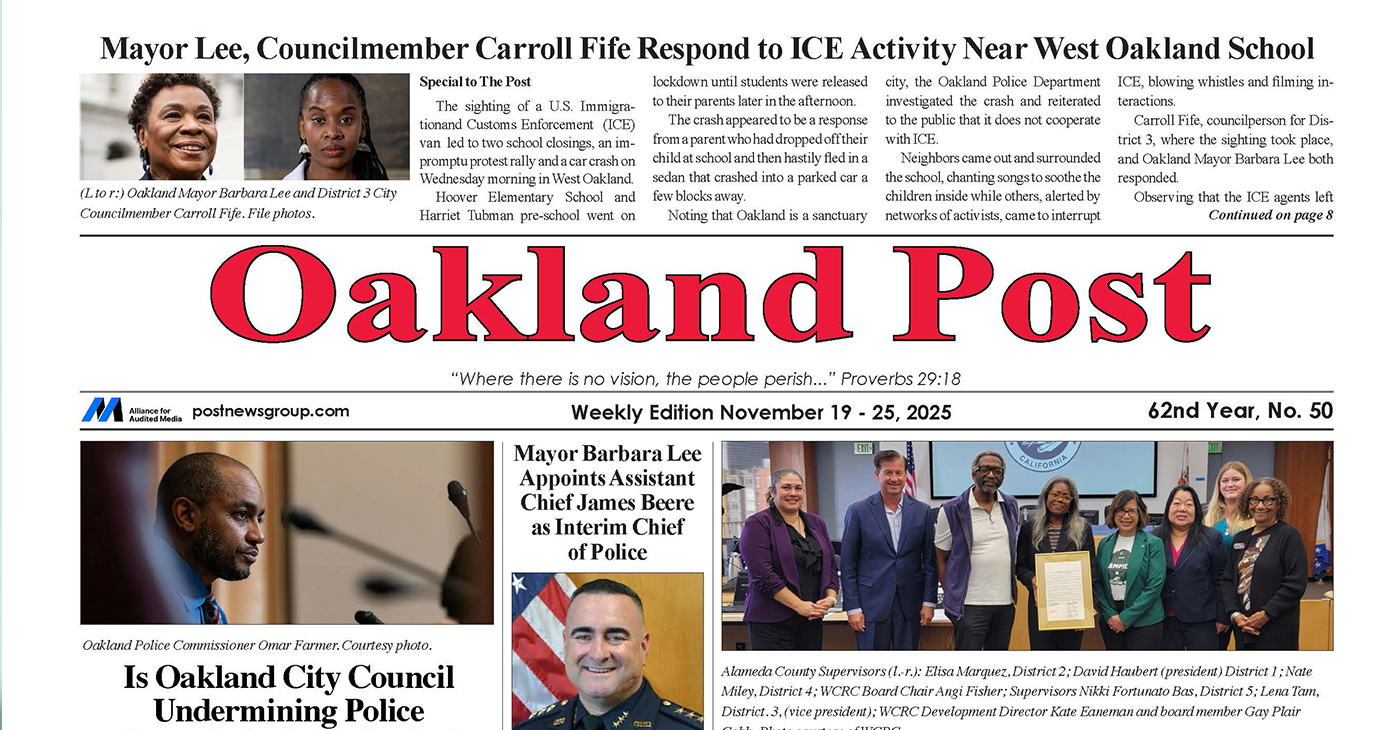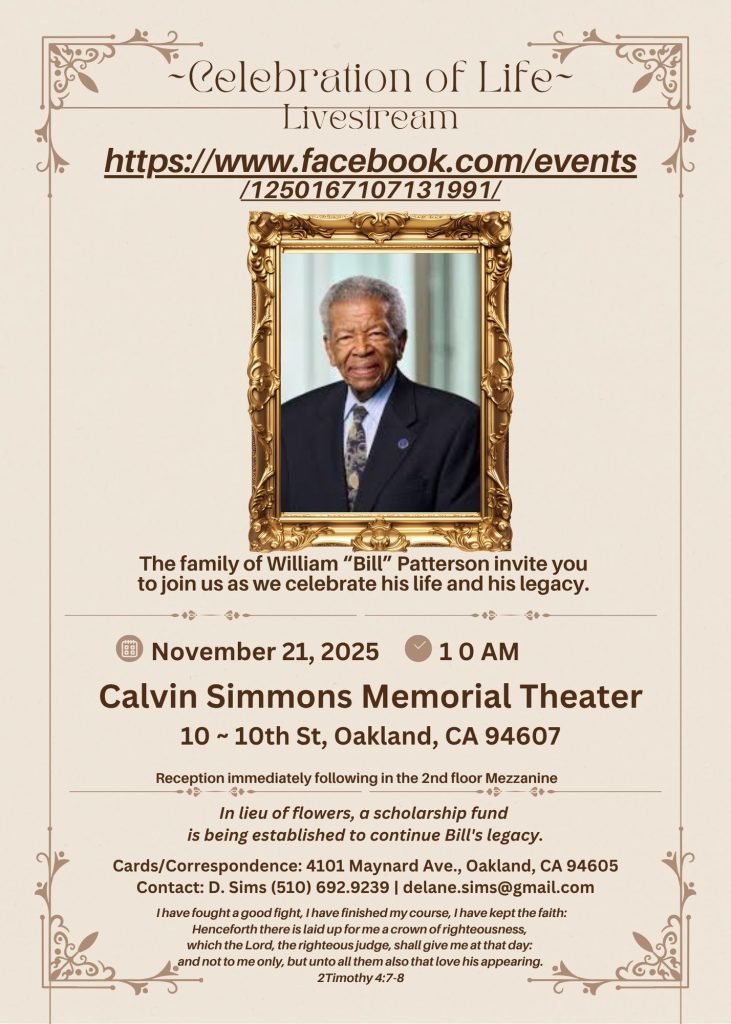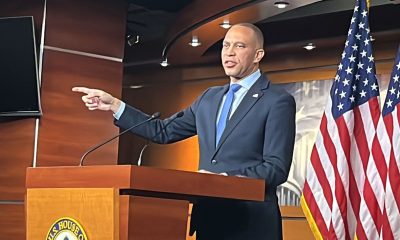City Government
Newsom Signs $12 Billion Funding Package to Support Housing for Homeless Residents
In addition to the $12 billion funding package for homelessness, the state also plans to spend $10.3 billion on developing affordable housing units.

Gov. Gavin Newsom signed a $12 billion funding package for housing and homelessness on July 19, the largest such investment in sheltering and supporting homeless residents in the state’s history.
The funding, which will be used over the next two years, will support efforts across the state to spur housing construction and the expansion of mental health services at the local level.
The state will use $5.8 billion of the funding to convert more than 42,000 hotel and motel rooms into housing units specifically for homeless residents and people struggling with severe mental health conditions.
The state launched the hotel room conversion program, known as Homekey, last year in a partnership with the federal government that enabled the state to reimburse the costs of acquiring hotel and motel properties.
Speaking at a Homekey site in Sebastopol, Newsom acknowledged that the state’s strategies in recent years to help homeless residents get off the streets have been failures.
“The state of California, with all due respect, has been nowhere to be found on the issue of homelessness for far too long,” he said.
Sonoma County Supervisor James Gore said state and local governments have played “whack-a-mole” with homelessness over the last three decades with little to show for it.
“We have never encountered such an issue as homelessness, where everybody wants it fixed but nobody wants to be inconvenienced by the solution,” he said.
In addition to the $12 billion funding package for homelessness, the state also plans to spend $10.3 billion on developing affordable housing units.
Newsom said that the state plans to be more proactive in tying funding to whether local governments are actively housing homeless residents rather than simply throwing money at the problem.
“There’s six metrics that counties have to meet, and if you meet them we’re actually attaching bonuses, an 18% bonus opportunity, for actually delivering on the plan,” he said. “No plan, no money.”
Roughly $2 billion of the funding package will be paid to local governments through Homeless Housing, Assistance and Prevention grants, which have specific accountability measures that grant recipients must meet.
Since being elected in 2018, Newsom has frequently reiterated his intent to spur more housing development and, in turn, help homeless residents get off the streets.
Last year, just a month before the state shut down in March due to the pandemic, Newsom even went so far as to devote his entire State of the State address to issues of housing and homelessness.
In that time, however, the state’s revenue used to tackle issues like homelessness has fluctuated wildly, from a projected $54.3 billion deficit last spring to a surplus of nearly $80 billion earlier this year.
But while the funding package Newsom approved on July 19 is only a one-time expenditure, the governor said he plans to forge ahead with spending on housing and homelessness in future years.
“So long as I’m governor of California, that’s not going to be an issue,” he said.
Activism
Oakland Post: Week of November 26 – December 2, 2025
The printed Weekly Edition of the Oakland Post: Week of November 26 – December 2, 2025

To enlarge your view of this issue, use the slider, magnifying glass icon or full page icon in the lower right corner of the browser window.
Activism
Oakland Post: Week of November 19 – 25, 2025
The printed Weekly Edition of the Oakland Post: Week of November 19 – 25, 2025

To enlarge your view of this issue, use the slider, magnifying glass icon or full page icon in the lower right corner of the browser window.
Activism
IN MEMORIAM: William ‘Bill’ Patterson, 94
Bill devoted his life to public service and education. In 1971, he became the founding director for the Peralta Community College Foundation, he also became an administrator for Oakland Parks and Recreation overseeing 23 recreation centers, the Oakland Zoo, Children’s Fairyland, Lake Merritt, and the Henry J. Kaiser Convention Center.

William “Bill” Patterson, 94, of Little Rock, Arkansas, passed away peacefully on October 21, 2025, at his home in Oakland, CA. He was born on May 19, 1931, to Marie Childress Patterson and William Benjamin Patterson in Little Rock, Arkansas. He graduated from Dunbar High School and traveled to Oakland, California, in 1948. William Patterson graduated from San Francisco State University, earning both graduate and undergraduate degrees. He married Euradell “Dell” Patterson in 1961. Bill lovingly took care of his wife, Dell, until she died in 2020.
Bill devoted his life to public service and education. In 1971, he became the founding director for the Peralta Community College Foundation, he also became an administrator for Oakland Parks and Recreation overseeing 23 recreation centers, the Oakland Zoo, Children’s Fairyland, Lake Merritt, and the Henry J. Kaiser Convention Center.
He served on the boards of Oakland’s Urban Strategies Council, the Oakland Public Ethics Commission, and the Oakland Workforce Development Board.
He was a three-term president of the Oakland branch of the NAACP.
Bill was initiated in the Gamma Alpha chapter of Kappa Alpha Psi Fraternity.
In 1997 Bill was appointed to the East Bay Utility District Board of Directors. William Patterson was the first African American Board President and served the board for 27 years.
Bill’s impact reached far beyond his various important and impactful positions.
Bill mentored politicians, athletes and young people. Among those he mentored and advised are legends Joe Morgan, Bill Russell, Frank Robinson, Curt Flood, and Lionel Wilson to name a few.
He is survived by his son, William David Patterson, and one sister, Sarah Ann Strickland, and a host of other family members and friends.
A celebration of life service will take place at Henry J. Kaiser Convention Center (Calvin Simmons Theater) on November 21, 2025, at 10 AM.
His services are being livestreamed at: https://www.facebook.com/events/1250167107131991/
In lieu of flowers, donations can be made to the Euradell and William Patterson scholarship fund TBA.

-

 Activism3 weeks ago
Activism3 weeks agoOakland Post: Week of November 12 – 18, 2025
-

 Activism4 weeks ago
Activism4 weeks agoOakland Post: Week of November 5 – 11, 2025
-

 Activism2 weeks ago
Activism2 weeks agoIN MEMORIAM: William ‘Bill’ Patterson, 94
-

 Activism3 weeks ago
Activism3 weeks agoHow Charles R. Drew University Navigated More Than $20 Million in Fed Cuts – Still Prioritizing Students and Community Health
-

 Bay Area3 weeks ago
Bay Area3 weeks agoNo Justice in the Justice System
-

 #NNPA BlackPress3 weeks ago
#NNPA BlackPress3 weeks agoThe Perfumed Hand of Hypocrisy: Trump Hosted Former Terror Suspect While America Condemns a Muslim Mayor
-

 #NNPA BlackPress2 weeks ago
#NNPA BlackPress2 weeks agoTrump’s Death Threat Rhetoric Sends Nation into Crisis
-

 #NNPA BlackPress3 weeks ago
#NNPA BlackPress3 weeks agoProtecting Pedophiles: The GOP’s Warped Crusade Against Its Own Lies
























































